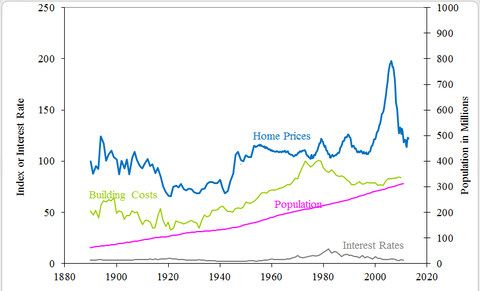In meetings with Democratic and Republican Congressional leaders on Thursday after a session with Treasury Secretary Jacob J. Lew on Wednesday, Mr. Boehner sought a resumption of negotiations that could keep the government running and yield a deficit-reduction deal that would persuade recalcitrant conservatives to raise the government’s borrowing limit.
Much of the federal government will shut down as of Oct. 1 unless Congress approves new spending bills to replace expiring ones, and by mid-October, the Treasury Department will lose the borrowing authority to finance the government and pay its debts.
“It’s time for the president’s party to show the courage to work with us to solve this problem,” said Mr. Boehner, who argued that budget deals have been part of past agreements to raise the debt limit
But a bloc of 43 House Republicans undercut the speaker’s deficit-reduction focus, introducing yearlong funding legislation that would increase Pentagon and veterans spending and delay President Obama’s health care law for a year — most likely adding to the budget deficit. That bloc is large enough to thwart any compromise that does not attract Democratic support.
“Obamacare is the most dangerous piece of legislation ever passed in Congress,” said Representative John Fleming, Republican of Louisiana. “It is the most existential threat to our economy” that the country has seen “since the Great Depression, so I think a little bit of additional deficit is nothing,” he added.
Just five scheduled legislative days stand between the House and a government shutdown that has loomed for months. As of now, Republican leaders appear to have no idea how to stop it. House members are preparing for the worst. Representative Scott Rigell, Republican of Virginia, began circulating a 14-page fact sheet on the impact of a government shutdown.
Mr. Lew and Congressional Democrats held firm that they would no longer negotiate on raising the debt ceiling, which they see as the duty of the party in power in the House. And they made it clear to the speaker that they would never accept Republican demands to repeal, defund or delay Mr. Obama’s signature health care law. White House officials dismissed it as “a nonstarter.”
“I had to be very candid with him and I told him directly, all these things they’re doing on Obamacare are just a waste of their time,” said Senator Harry Reid, Democrat of Nevada and the Senate majority leader. “Their direction is the direction toward shutting down the government.”
“I like John Boehner,” Mr. Reid added. “I do feel sorry for him.”
Earlier this week, Representative Eric Cantor of Virginia, the No. 2 House Republican, proposed a two-step resolution to the fiscal impasse that was temporarily pushed into the background by Mr. Obama’s request for approval to initiate a military strike on Syria, since delayed.
Under Mr. Cantor’s plan, the House would have voted this week on a stopgap spending bill to keep the government operating through mid-December at the current level, which reflects the sharp across-the-board cuts known as sequestration. That bill would have a companion resolution to withhold all money for the health care law, but the Senate could simply ignore that resolution and approve the short-term spending bill.
Then the House would vote to raise the debt ceiling enough for a year of borrowing, but demand a year’s delay in carrying out the health care law.
Within 24 hours, the House’s most ardent conservatives revolted, declaring the defunding resolution a gimmick that fell well short of their drive to undo the health care law. House Democrats said they would oppose not only stripping the health care law of money but also a spending level that maintains sequestration.

Article source: http://www.nytimes.com/2013/09/13/us/politics/at-meeting-with-treasury-secretary-boehner-pressed-for-debt-ceiling-deal.html?partner=rss&emc=rss





